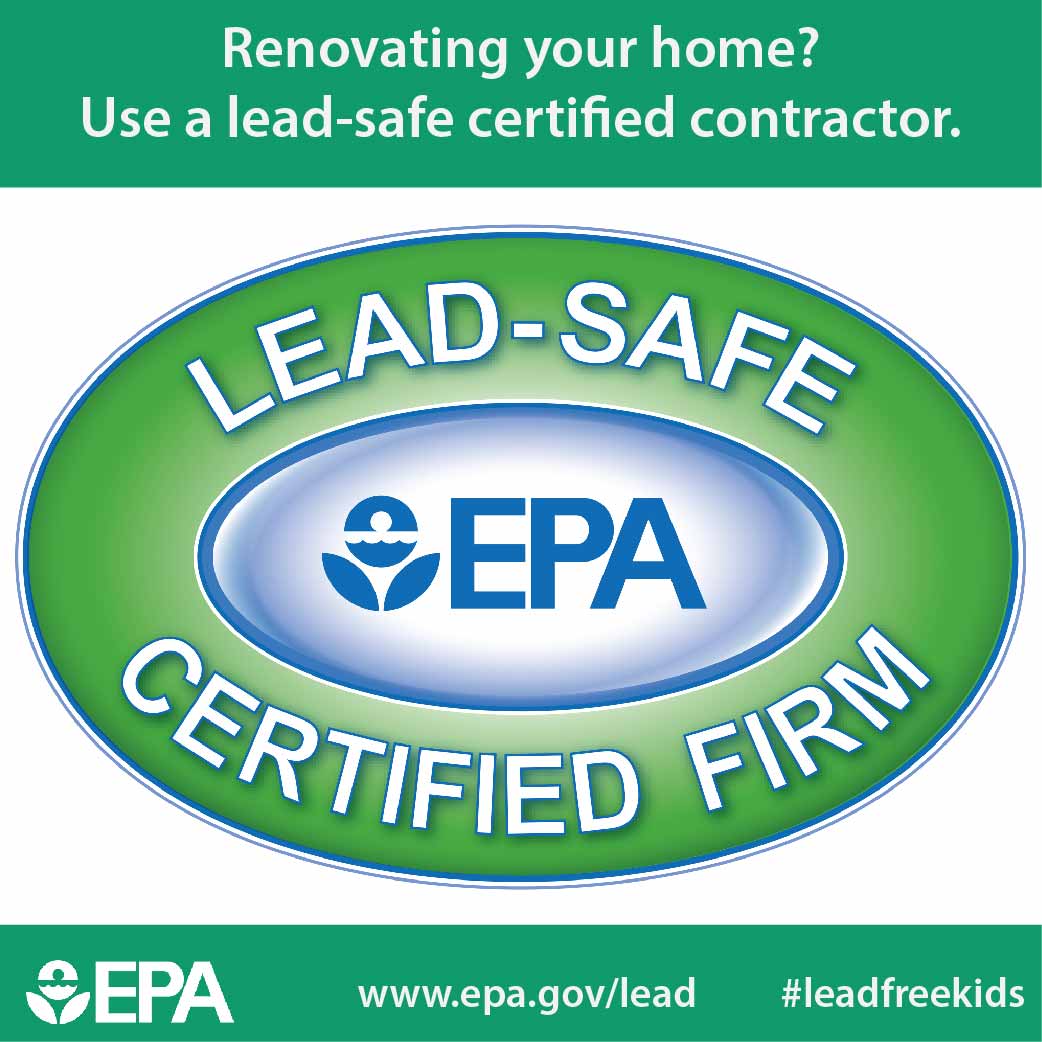Discover How Seasonal Variables Affect Business External Painting Success And Find The Best Times To Guarantee Long Lasting Results For Your Task
Discover How Seasonal Variables Affect Business External Painting Success And Find The Best Times To Guarantee Long Lasting Results For Your Task
Blog Article
Staff Author-Leach Rodriquez
When you're planning a commercial outside paint project, seasonal aspects can make or break your outcomes. You'll wish to think about just how temperature and moisture impact paint application and drying times. Picking the ideal period can guarantee your paint adheres correctly and lasts longer. But which seasons are genuinely the best for this type of job? Let's discover the key elements that can affect your task's success.
The Effect of Temperature on Paint Application
When you're planning a business external painting job, the temperature level can dramatically influence how well the paint adheres and dries.
Preferably, you want to repaint when temperature levels range in between 50 ° F and 85 ° F. If it's too chilly, the paint might not cure appropriately, leading to issues like peeling or fracturing.
On the other side, if it's also warm, the paint can dry out too promptly, avoiding proper adhesion and leading to an irregular coating.
You should also think about the time of day; early morning or late afternoon uses cooler temperature levels, which can be much more favorable.
Always examine the maker's referrals for the details paint you're utilizing, as they commonly supply support on the excellent temperature level variety for optimum results.
Moisture and Its Result on Drying Times
Temperature level isn't the only environmental aspect that affects your business exterior paint project; humidity plays a significant function also. High humidity levels can reduce drying out times dramatically, impacting the total quality of your paint task.
When the air is filled with dampness, the paint takes longer to treat, which can result in issues like bad bond and a greater threat of mildew development. If you're repainting on a particularly moist day, be gotten ready for extended wait times between layers.
It's crucial to monitor local weather conditions and strategy as necessary. Ideally, go for humidity degrees in between 40% and 70% for ideal drying out.
Maintaining straight paint in mind ensures your job stays on track and supplies an enduring surface.
Best Seasons for Commercial Outside Paint Projects
What's the most effective season for your business exterior painting jobs?
commercial painting service and very early autumn are typically your best bets. During these periods, temperatures are mild, and humidity levels are frequently lower, developing excellent problems for paint application and drying.
Stay clear of summer's intense heat, which can create paint to dry also quickly, resulting in inadequate bond and coating. Similarly, winter's cold temperatures can impede appropriate drying out and curing, risking the durability of your paint work.
Aim for days with temperature levels in between 50 ° F and 85 ° F for optimal outcomes. Remember to examine the neighborhood weather report for rainfall, as damp conditions can wreck your task.
Preparation around these factors guarantees your paint job runs efficiently and lasts much longer.
Final thought
Finally, preparing your commercial exterior painting tasks around seasonal factors to consider can make a considerable difference in the end result. By scheduling job throughout the suitable temperature levels and humidity degrees, you'll guarantee far better bond and drying times. Remember to watch on regional weather report and pick the right time of year-- spring and very early autumn are your best options. Taking these steps will aid you achieve a durable and professional surface that lasts.
